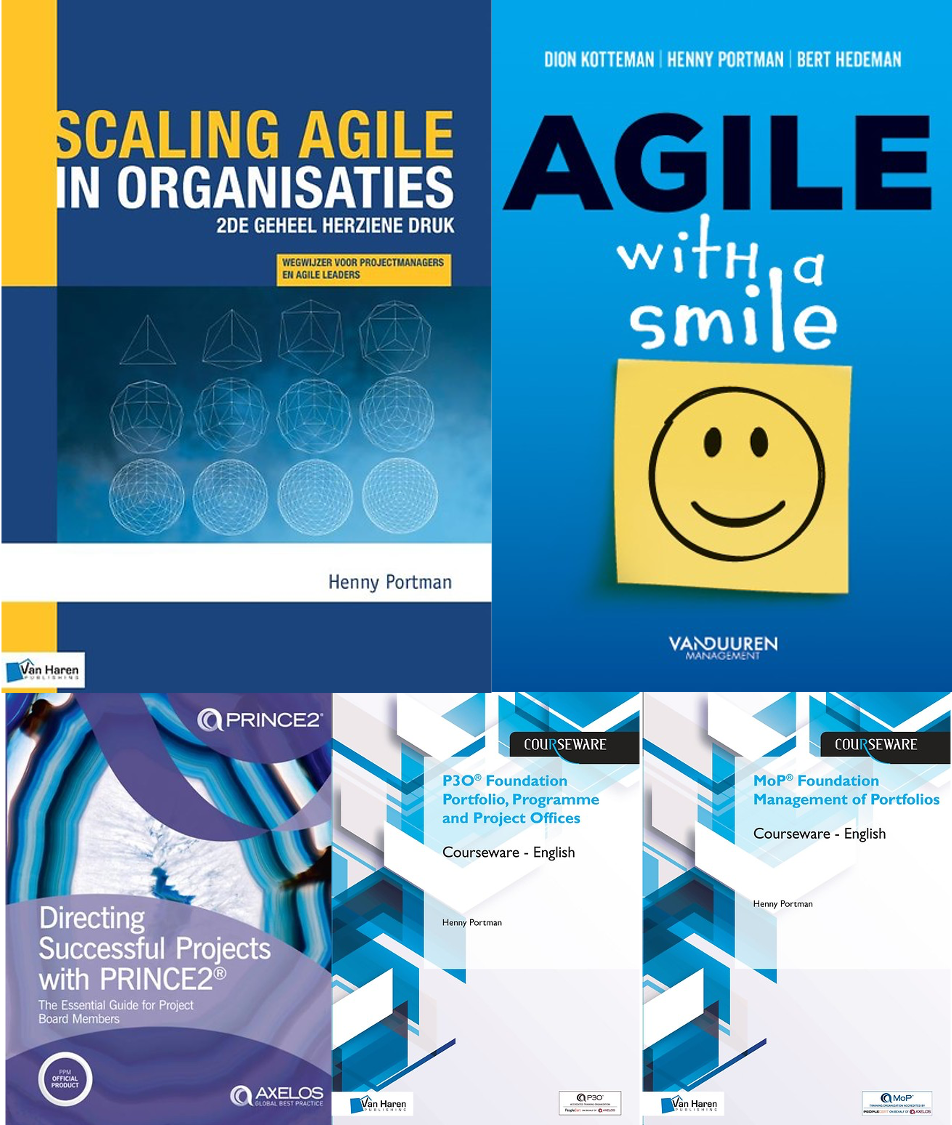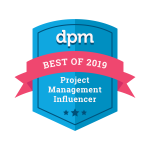 DevOps for the modern enterprise – winning practices to transform legacy IT organizations is a practical book based on the experience of the author Mirco Hering.
DevOps for the modern enterprise – winning practices to transform legacy IT organizations is a practical book based on the experience of the author Mirco Hering.
The book is divided into three parts. The first part explains how to create the right ecosystem for success. The second part puts the people and organizational dimension in the spotlights and the last part emphasizes on technology and architecture aspects. Every part contains four chapters and at the end of each chapter you get some steps to exercise to make it more practical.
The first part – creating the right ecosystem – starts with the usage of value stream maps to visualize your IT delivery process and a jump-start of the transformation with an initial roadmap and governance approach. As a next step you have to analyze your application portfolio (criticality of application, level of investment in application, preferred frequency of change, technology stack). Based on this analysis you should focus on a minimum valuable cluster (MVC) to speed up the complete cluster by uplifting the MVC. The following chapter discusses the added value of guidelines for selecting new applications and the strengthening of your architecture by creating and empowering ecosystem. The following aspects can be used to start the assessment of architecture maturity: auto scaling, self-healing, monitoring and capability for change. When looking at your packages, in case you can’t or don’t want to replace, the following approaches are explained: leverage your system integrator, leverage user groups, strangle the application and/or incentivize the vendor to improve their product. In line with the types of applications (differentiator applications, workhorses and true legacy) you have to find the right partner that fits your ambition and culture.
As stated, the second part put the people central. How can you provide your people with the right context for their decisions, what team structure you should choose to enable autonomy and purpose, how to shift from legacy thinking that has caused many test automations projects to fail, and how to manage your people better? Based on the “burger organizational chart” the author discusses delivery governance (with an agile governance function, DevOps governance function and quality assurance), the test automation center of excellence, agile teams (maybe clustered in an agile release train, team by location, team by function and team by technology) and the platform team (test automation, automated app release and environment provisioning). A separate chapter is dedicated to testers and the importance of quality. The last part gives more generic people-oriented techniques and ways of working like one-on-ones, feedback, delegation, creating a blameless culture and measuring your organizational culture.
The last part looks at the right way to choose DevOps tooling, what makes a good DevOps architecture, how to evolve your application architecture, how to leverage the relationship between DevOps and cloud computing, what each delivery model looks like, and how these models impact your organization.
The delivery models are:
- Continuous delivery model deploys applications automatically into persistent environments (either cloud or on premises)
- Cloud-enabled delivery model deploys applications automatically after provisioning a new environment from the cloud or data center. Main difference compared to continuous delivery model is the maturing of the infrastructure practices – infrastructure as a code.
- Container-enabled delivery model deploys applications as a set of containers into one or more hosts that are dynamically created. Main difference compared to cloud-enabled delivery model is the maturity of the container practices and the more modular application architecture.
- Serverless delivery model (potential future model) where you don’t run services as such but rather write a function to perform some business logic. When the function is called, an instance is created just for the duration of the function call (e.g. Amazon Lambda).
To evolve your architecture over time you can use the strategies decoupling (two speed delivery model), going on a diet (paying down the technical debt and making the core more agile), let’s try it on the side (green field setting) and erode the core with microservices (a service that serves one purpose; it is self-contained and independent; it has a clearly defined interface and isolated persistence). The book ends with different aspects of levering cloud-based services. Benefits of the cloud are cost benefits, ease of setting up redundancy for resilience, the scalability of resources, and the strong ecosystem of related services that you would otherwise have to build yourself. on the risk side we see the dependency on a third-party provider, the challenges with data sovereignty, and the risk of being attacked because you are on a popular platform.
Conclusion. Reading this book and execute one or more of the exercises gives you one of the reasons why so many agile transitions fail. It’s not only about creating, sometimes only renaming teams into agile teams but you have to look at the complete ecosystem, your application landscape, the application architecture and your delivery models. A must read for those who are transforming their IT organization towards a more agile organization.
To order: DevOps for the modern enterprise
















Pingback: Overview of my year 2020 book reviews | Henny Portman's Blog